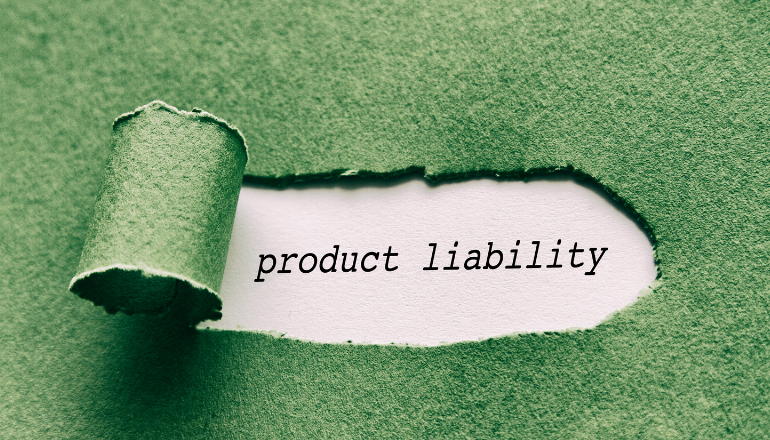Strict product liability is a legal doctrine that holds manufacturers, distributors, suppliers, retailers, and others who make products available to the public, responsible for injuries caused by defective products. Under this doctrine, the injured party does not have to prove that the manufacturer was negligent or at fault for the defective product. The mere fact that the product was defective and caused harm is sufficient grounds for liability.
The Three Types of Product Defects
For a product to be considered defective under strict liability, it must fall into one of three categories: design defects, manufacturing defects, or marketing defects (inadequate instructions or warnings).
Design Defects: A design defect means there was a flaw in the planned design of the product that made it unreasonably dangerous to use as intended.
Manufacturing Defects: A manufacturing defect occurs when the product deviated from its intended design during the manufacturing process, rendering it unsafe.
Marketing Defects: A marketing defect involves inadequate safety warnings or instructions about the risks associated with the intended or reasonably foreseeable use of the product.
The Consumer Expectation Test
Many jurisdictions use the “consumer expectation test” to determine if a product is defective. This test asks whether the product was more dangerous than an ordinary consumer would expect when using it as intended or in a reasonably foreseeable manner. If so, the product may be deemed defective and the manufacturer held strictly liable.
The Risk-Utility Test
Some courts also apply the “risk-utility test” which weighs the product’s inherent risks against its utility and benefit to society. If the risks outweigh the utility, given reasonable safer design alternatives, the product may be deemed defectively designed.
Defenses to Strict Product Liability
While strict liability imposes a heavy burden on manufacturers, there are some defenses available:
Substantial Product Alteration: If the product was substantially altered after it left the manufacturer’s control in a way that caused the defect.
Obvious Risks: If the dangers were obvious or well-known by the user, the manufacturer may not be liable.
Misuse of the Product: Manufacturers are not liable if the consumer misused the product in an unforeseeable way.
State of the Art: In some jurisdictions, manufacturers cannot be liable if no safer design was technically possible given the state of scientific/technical knowledge at the time.
The Importance of Product Liability Expert Witness Services
In product liability cases, the determination of defect, causation, and damages often requires highly technical analysis from qualified experts across fields like engineering, manufacturing, materials science, biomechanics, human factors, and more. Experienced product liability expert witness services can provide crucial testimony to establish key elements of the case.
Strict Liability Incentivizes Safety
While strict liability may seem harsh on manufacturers, the doctrine serves an important public policy purpose – incentivizing companies to implement comprehensive quality control, safety testing, and product monitoring practices. The threat of liability encourages a safety-first mindset among all actors in a product’s chain of distribution.
Strict product liability has evolved as a mechanism to provide compensation to consumers injured by unreasonably dangerous products, while also motivating manufacturers to design, produce and market safe products. As technology and product complexity increase, this legal doctrine remains a key safeguard for consumer protection.




